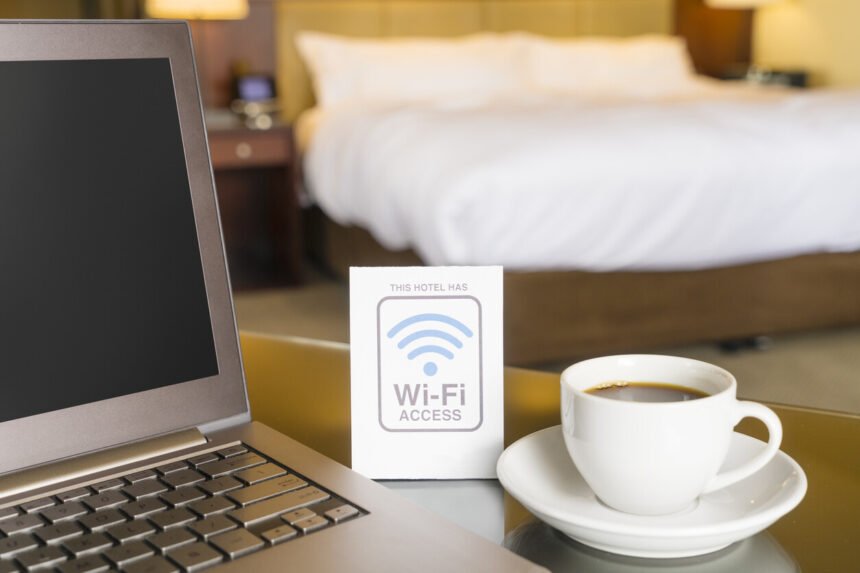From work and business to social media, browsing shows, and shopping, so much of what we do today is through online sources. However, how we connect online can be both highly beneficial (such as fast 5G speeds) and expose us to risks that we were unaware of in the first place. With so much of our daily activities conducted online, taking stock of your security and privacy controls is an obviously crucial step to take.
Understanding The Sources People Access Online
Think about the volume of online activity that takes place on a given day, at any moment. In that case, it is believed that over 60% of the world’s population is online and that 74 zettabytes of data will be over the internet by the end of 2021. For comparison, a zettabyte is equal to a billion terabytes or a trillion gigabytes.
In other words, it is a tremendous amount of data that is online and potentially exposed at any given point. The amount of data online at any given time in 2021 is astounding. For example, according to a report from Statista, it was estimated that every 60 seconds of online activity produces the following outcome:
- 28,000 streamers on Netflix
- 695,000 stories shared on Instagram
- 9,132 connections made on LinkedIn
- Over 69 million messages sent on Facebook Messenger and WhatsApp
- 5,000 downloads on TikTok
- Over 2 million swipes on Tinder
- 197 million emails sent
- 500 hours of content uploaded to YouTube
- $1.6 million in online sales
As you can see, with that much activity going on, it doesn’t matter how much security your organization may provide for employees and users. Every external connection a user has is simply another way hackers can infiltrate a system.
How These Statistics Matter To Your Online Security
As you take stock of the volume of people online and their types of behaviors, ask yourself why these statistics are vital for your organization. First, there are bound to be loopholes that hackers can seek to exploit. Second, it shows how much online activity occurs every minute, meaning that someone in your organization is inadvertently bound to be online, whether on your system or through your WiFi.
Third, every transaction opens your system up to vulnerabilities. Think about it this way. If you allow customers to access your WiFi, you may be exposing your organization to outside hacker threats. This exposure can lead to some serious risks for your customer’s information as well as your business.
The challenge is to have enough safeguards and firewalls in place to allow you to protect sensitive data while allowing your customers access to WiFi and other services. This is especially important if you operate a waiting room or other general services area.
With so many chances of being exposed, your organization needs to consider alternatives to storing sensitive and personal information within your own system. To protect your clients’ and employees’ data, you should consider using compliance automation services that specialize in keeping personal information and data secure.
Keeping Your Customers And Users Data Secure Online
While no WiFi is 100% secure, offering a few safeguards for users also has the added benefit of providing your organization and business protection from unwanted intrusions and threats. That said, the FTC has a list of suggestions to keep users on public WiFi safe. Furthermore, these tips can be applied fairly cheaply, saving you and your organization a ton of potential headaches down the road.
First, understand that WiFI isn’t fully protected, even with passwords and a HTTPS setup. Encryption for most WiFi is only to access it. It doesn’t actually protect or cover activities once a device is using the services.
Next, consider setting up a VPN (Virtual Private Network). What a VPN does is encrypt activities within the network, and it has enough firewalls and other securities to help safeguard the system. When a person or device goes outside the network (or in this instance, when a person goes onto Instagram from your VPN), outside activities are blocked or require additional access.
You’ll then want to have devices automatically sign out when passive for more than a short amount of time, such as a minute of non-use. This setting will help break any hacking attempts, and although signing back in every time you step away or stop typing may be a nuisance, it will create an added barrier of protection for your devices and your network.
If possible, don’t provide WiFI and be sure to require private mobile data over a public WiFi source. Mobile data has a lot more built-in encryption and protection software than most run-of-the-mill WiFi routers (even with a VPN) and could add a layer of protection for the user and the organization.
Protecting your organization from online threats is more than just putting safeguards and firewalls in place. It also understands the outside risks associated with connected devices and brings external threats into the network unknowingly. This exposure can have severe ramifications to your network security, the data, and the privacy of your clients and employees. And to avoid unwanted breaches, you must consider all of the best practices available to help to safeguard this data.

